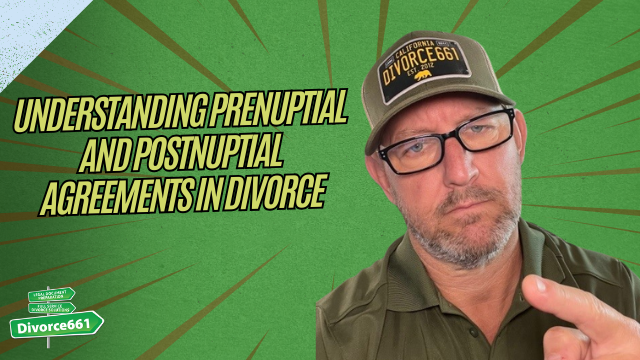How to Ensure Your Divorce Agreement is Legally Binding
Finalizing a divorce is a significant step, but merely shaking hands on an agreement isn’t enough. Without a well-drafted written agreement, your terms might not hold up in court, leaving you vulnerable. Let’s dive into the vital aspects of creating a legally enforceable divorce agreement and the potential pitfalls to avoid.
The Risks of Verbal Agreements
It may sound simple to finalize your divorce with a handshake or verbal agreement, but this method poses serious risks. Many couples believe that a simple agreement is sufficient, but in reality, without clear documentation, your terms may lack legal weight. For instance, one couple attempted to split their retirement accounts verbally, only to find their agreement rejected due to missing key legal terms. This situation highlights the importance of having a properly drafted document that meets legal standards.
Why You Need a Properly Drafted Agreement
A legally sound divorce agreement must include clear legal language and cover several essential components:
- Property division
- Child custody arrangements
- Spousal support
- Debt allocation
Failing to address these elements can result in your agreement being rejected by the court. It’s crucial to be meticulous and thorough in your drafting process.
Essential Components of a Legally Binding Agreement
When drafting your divorce agreement, ensure you include the following:
1. Clear Terms and Conditions
For your agreement to be enforceable, it must have clear and defined terms. Ambiguities can lead to misunderstandings and disputes later. Make sure each section is labeled and easy to understand.
2. Legal Waivers and Signatures
All necessary legal waivers must be included, and both parties should sign the agreement in front of a notary. This step is vital for the court to recognize your agreement as a valid legal document.
3. Comprehensive Coverage
The court looks for comprehensive coverage of all aspects of the divorce. This means your agreement should address not only property and debts but also custody and support terms. A judge’s role is to approve your agreement, so it must be exhaustive and detailed.
A Real-Life Example of the Importance of Proper Drafting
A couple once brought in a handwritten agreement to divide their retirement. Unfortunately, it lacked the necessary legal terms, leading to its rejection by the court. Our team at Divorce661 rewrote it to meet court standards, and it was approved without delay. This real-life scenario underscores the necessity of professional assistance in drafting your agreement.
How to Submit Your Agreement
Once your agreement is drafted, the next step is to submit it as part of your final judgment package. This process typically involves filing the agreement along with other required divorce forms. Ensure that all paperwork is complete and accurate to avoid delays in the approval process.
Common Mistakes to Avoid
Here are some common mistakes that can lead to your agreement being rejected:
- Inadequate legal language: Ensure that all terms are articulated clearly.
- Missing signatures: Both parties must sign the document in front of a notary.
- Omitting essential terms: Address all aspects of property, custody, and support.
Why Choose Divorce661?
At Divorce661, we specialize in drafting court-approved divorce agreements. Our services include:
- Flat-fee pricing—no hourly rates
- 100% remote and stress-free process
- Expertise in ensuring your agreement is legally binding
We handle the filing process, ensuring your agreement becomes an enforceable court order, providing you with peace of mind as you move forward.
Take the First Step Towards a Legally Binding Agreement
Ready to secure your divorce agreement? Visit Divorce661.com for a free consultation today! Let us handle the legal side so you can focus on your next chapter with confidence.
Have You Tried Submitting Your Own Agreement?
We’d love to hear from you! Share your experiences in the comments below. What challenges did you face when submitting your agreement? Your insights could help others navigate this process more smoothly.
Final Thoughts
Finalizing your divorce is a critical moment, and ensuring that your agreement is legally binding is essential. Avoid the pitfalls of verbal agreements and DIY solutions. Seek professional help to draft a comprehensive and clear agreement. With the right guidance, you can navigate the divorce process with confidence, knowing that your rights and interests are protected.




